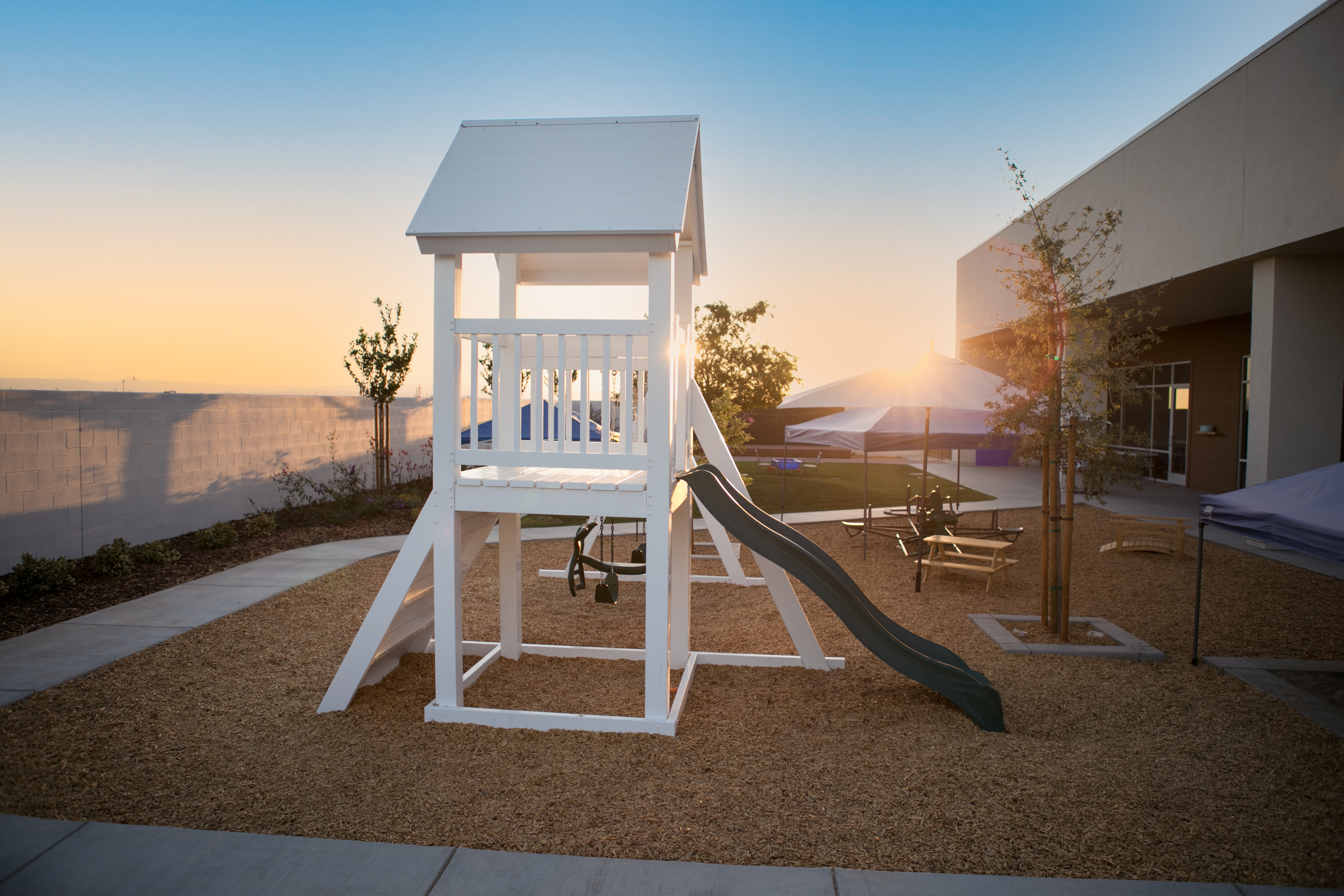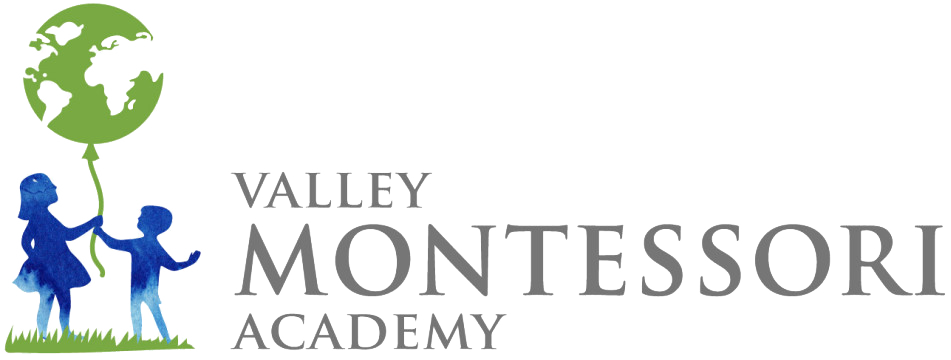Preschool Program
Thank you for your interest in Valley Montessori Academy Preschool Program!



Ages 3 – 6 Years Old
The Curriculum
Dr. Montessori structured exercises for the classroom to help children satisfy the need for meaningful activity.
1. Practical Life
Practical life in the Montessori environment consists of real-life tasks with intelligent purposes that aid the child in gaining independence. The exercises develop skills in caring for oneself, others and the world. Each material and exercise provide an opportunity for the child to adapt to the environment. All activities in the practical life area are introduced in a sequential, ordered, logical and developmentally appropriate manner, thus creating the foundation for all future learning.
2. Sensorial Exercises
Maria Montessori believed that nothing exists in the intellect that was not first experienced in the senses. The materials in the sensorial area are designed to help children sharpen their senses by isolating particular qualities such as size, shape, composition, color, flavor, smell, pitch, texture and weight. Each of the materials in this area is autodidactic and allows the child to work at their own pace with minimal interruption from the teacher. Children enjoy working with these materials repeatedly and often develop their own variations on the standard lesson.
3. Language
Dr. Montessori always pointed out that a young child has a natural sensitivity for language development which follows closely on the years when she learns to speak her native language. The child at 3-6 years old has a unique fascination for words, both printed and spoken. This fascination often enables her to begin reading and writing before the age at which it is traditionally taught. The individual presentation of language materials in the Montessori classroom allows the teacher to take advantage of each child’s greatest periods in interest.
4. Mathematics
Math in the Montessori environment is based on the idea that we all have Mathematical minds. In every area of the classroom, the child encounters indirect preparations for math by developing precision, order, concentration, measurement, and exactness. In Math, the child first experiences concrete materials. Through practice and exploration of these materials, the child is able to abstract the concepts that are embodied in the materials. Maria Montessori believed that sensorial manipulation is essential for the child to begin to understand size difference, quantity, sequence, and patterns. All of these ideas are essential for math. It`s important for the child to have strong and exact impressions to be able to develop clarity and a firm foundation for mathematical principles.
5. Art
In the Montessori environment, we provide open-ended art activities that help children explore, use their creativity and develop fine motor skills. Children benefit from having a variety of art materials available to them at all times and a space to work, uninterrupted, when they are inspired. It is important to provide the best quality that we can afford—pencils, crayons, felt pens, clay, paper, brushes—and to teach the child how to use and care for them. In the Montessori 3-6 classroom, children read books and tell stories about great artists and learn about their life, artworks and techniques. We visit local museums as well as designate a “museum” wall in VMA classroom where beautiful children’s art works placed as a temporary art exhibit.
6. Science
The objective of science in the Montessori classroom is to develop each child’s natural sense of wonder and invite them to find answers to some of their “Why’s”. Each classroom contains many materials with which to explore and experiment various aspects of science.
